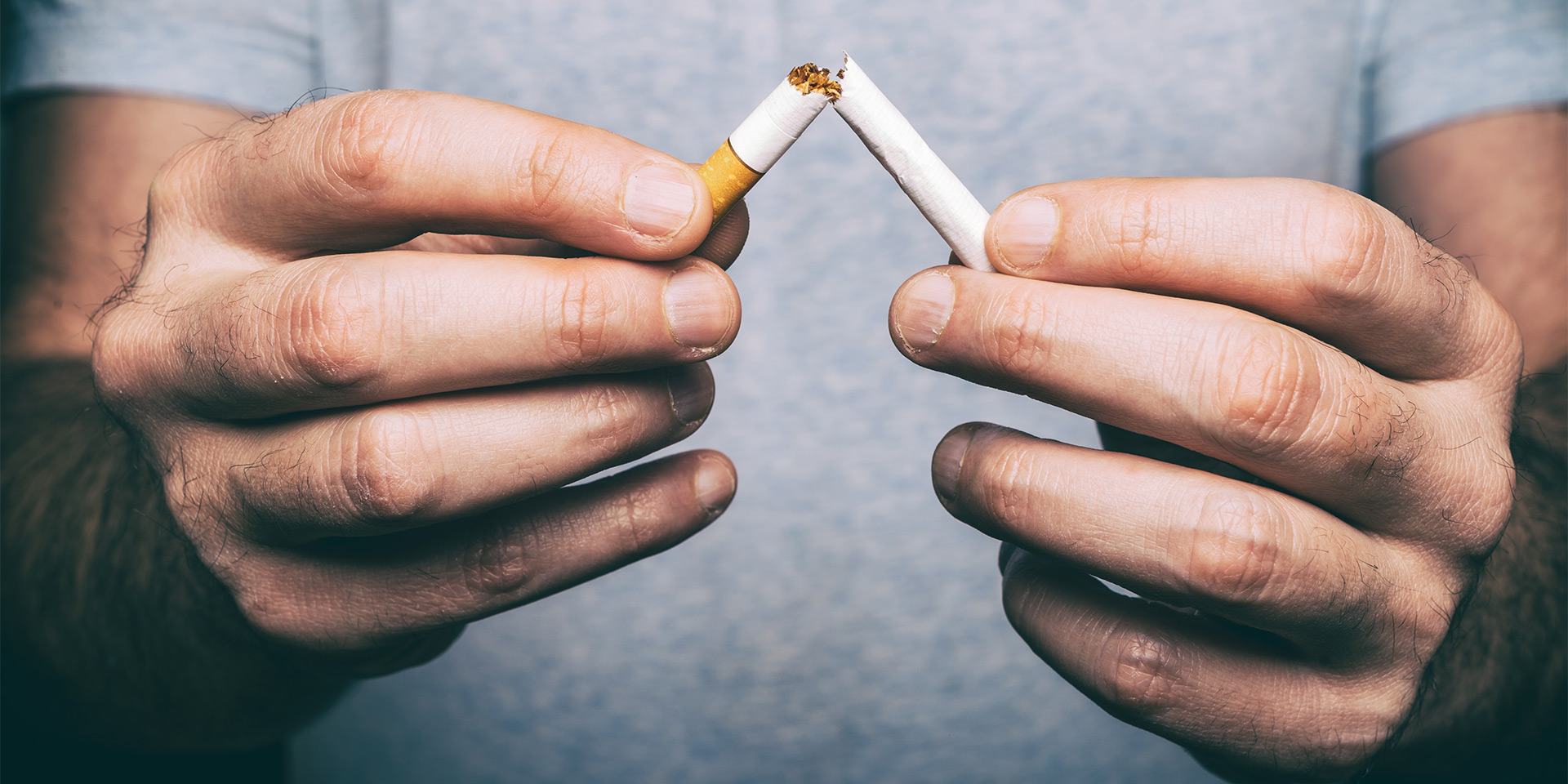Our bodies reap the first benefits of giving up smoking almost immediately after we have ceased the habit. The scientifically proven changes that are visible within the next hours, days, months and even years after we quit smoking reinforce the fact that putting out that last cigarette is one of the best decisions you will ever make for the benefit of personal health.
After only 20 minutes since the last cigarette was smoked, the pulse and blood pressure return to normal, and after eight hours, the oxygen level reaches the normal threshold, according to the initiators of the SmokeFree campaign, initiated by the Public Health England agency, within the Department of Health of the United Kingdom.
After only half a day spent without smoking, the level of carbon monoxide in the blood reaches normal limits as well. Carbon monoxide is a gas that is dangerous to health, and it is produced together with burning kerosene, oil, wood, natural gas or coal. Inhaling it is a huge health hazard because it “sticks” to hemoglobin in the blood, making it difficult for the transportation of oxygen through the body, notes the American Association for Lung Health. Even a low level of inhaled carbon monoxide can cause headaches, dizziness, nausea and weakness, confusion or disorientation.
What happens in the body when you quit smoking
After 48 hours without tobacco, nicotine is already completely eliminated from the body. This is great news, as this substance makes cigarettes addictive, which is why it is a major impediment to quitting smoking. Also after this interval, the former smoker will discover that their senses of taste and smell are much sharper.
After three days cigarette-free, beneficial effects will be felt in the breathing process, which will become easier. It is also around this time that the former smoker may experience the first symptoms of withdrawal, due to a lack of nicotine, according to an article reviewed by Dr George Krucik, a specialist in primary medicine, for HealthLine. Symptoms can range from headaches, nausea and cramps, to fluctuations in the emotional state.
Lung regeneration after you quit smoking
Somewhere between two to twelve weeks without cigarettes increasingly important effects of regenerating the body and improving health are observed, as the blood circulation begins to function better. After three to nine months, lung function improves by about 10%, which can be seen in a decrease in the difficulty in breathing and the frequency of coughing.
The anniversary of the first year without tobacco also means the reduction of the risk of developing coronary heart disease by 50%, according to the US Centers for Disease Control and Prevention. After five years as a non-smoker, the risk of other chronic, potentially fatal conditions, such as experiencing a heart attack or developing cancer of the mouth, throat, bladder or oesophagus, is halved. Moreover, the risk of experiencing a stroke or developing cervical cancer decreases to the level of a non-smoker.
Other important benefits
Important benefits are observed even 10 years after the last cigarette is put out, when the risk of neck cancer is halved and the risk of pancreatic and laryngeal cancer is significantly reduced. Moreover, after this period of time, the risk of experiencing a heart attack becomes similar to that of a non-smoker.
After 15 years, the former smoker’s risk of developing coronary heart disease decreases to that of people who have never smoked.


















